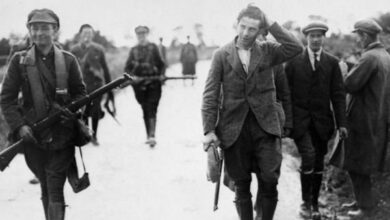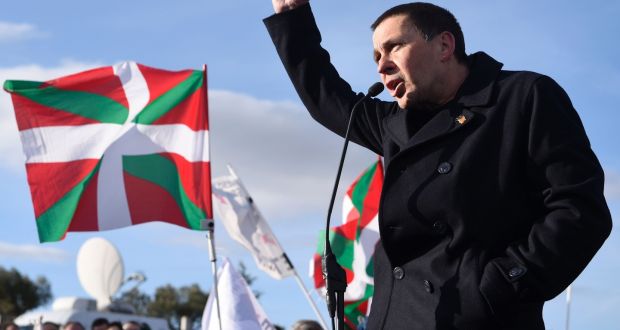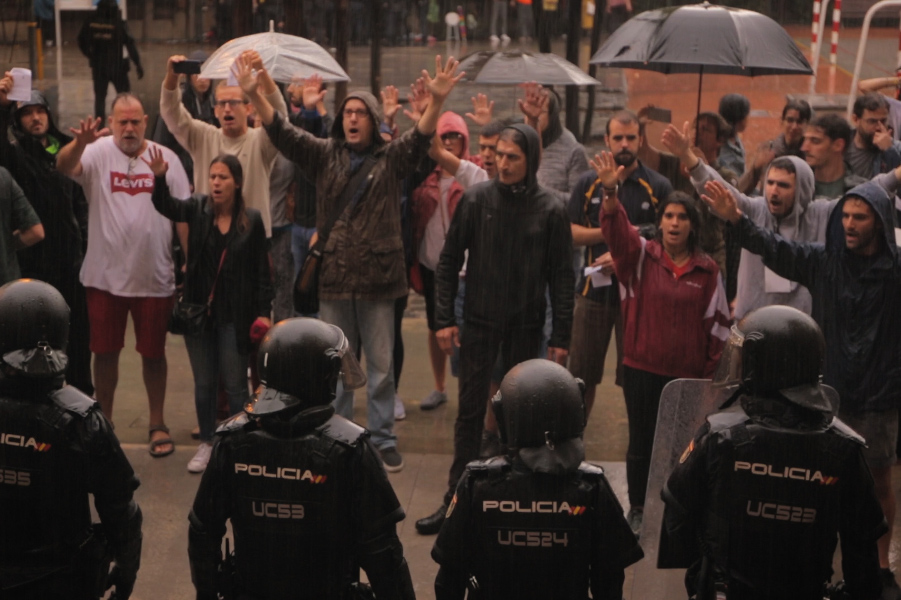Multimedia: The Troubles
Multimedia: The Ulster Troubles

“The Troubles” refers to approximately three decades of violence between elements of Northern Ireland’s nationalist community (principally Roman Catholic) and unionist community (principally Protestant). Use of the term “The Troubles” has been raised at NI Assembly level, as some people considered this period of conflict as a war. The conflict was the result of discrimination against the catholic/nationalist minority by the protestant/unionist majority and the question of Northern Ireland’s status within the United Kingdom. The violence was characterised by the armed campaigns of paramilitary groups, including those of the Provisional Irish Republican Army (IRA) campaign of 1969–1997, intended to end British rule in Northern Ireland and to reunite Ireland politically and thus creating a new “all-Ireland” Irish Republic; and of the Ulster Volunteer Force, formed in 1966 in response to the perceived erosion of both the British character and unionist domination of Northern Ireland. The state security forces —the British Army and the Royal Ulster Constabulary (RUC)— were also involved in the violence.
The British Government’s view was that its forces were neutral in the conflict, trying to uphold law and order in Northern Ireland and the right of the people of Northern Ireland to democratic self-determination. Irish republicans, however, regarded the state forces as forces of occupation and “combatants” in the conflict, noting collusion between the state forces and the loyalist paramilitaries. The “Ballast” investigation by the Police Ombudsman has confirmed that British forces, and in particular the RUC, did, on several occasions, collude with loyalist paramilitaries, were involved in murder, and did obstruct the course of justice when such claims had previously been investigated. The extent of collusion is still hotly disputed. Unionists claim that reports of collusion were either false or highly exaggerated and that there were also instances of collusion between the authorities of the Irish Government and Republican paramilitaries. See also the section below on Collusion by Security Forces and loyalist paramilitaries.
Alongside the violence, there was a political deadlock between the major political parties in Northern Ireland, including those who condemned violence, over the future status of Northern Ireland and the form of government there should be within Northern Ireland.
The Troubles were brought to an uneasy end by a peace process. It included the declaration of ceasefires by most paramilitary organisations, the complete decommissioning of the IRA’s weapons, the reform of the police, and the corresponding withdrawal of army troops from the streets and sensitive border areas such as South Armagh and Fermanagh, as agreed by the signatories to the Belfast Agreement (commonly known as the “Good Friday Agreement”). The agreement reiterated the long-held British position, which successive Irish governments had not fully acknowledged, that Northern Ireland would remain within the United Kingdom until a majority votes otherwise.
On the other hand, the British Government recognised for the first time the principle that the people of the island of Ireland as a whole have the right, without any outside interference, to solve the issues between North and South by mutual consent. The latter statement was key to winning support for the agreement from nationalists and republicans. It also established a devolved power-sharing government within Northern Ireland (which had been suspended from 14 October 2002 until 8 May 2007), where the government must consist of both unionist and nationalist parties.
Though the number of active participants in the Troubles was relatively small, and the paramilitary organisations that claimed to represent the communities were unrepresentative of the general population, the Troubles touched the lives of many people in Northern Ireland on a daily basis, while occasionally spreading to the rest of Ireland and England. At several times between 1969 and 1998, it seemed possible that the Troubles would escalate into a full-scale civil war. Critical times were in 1972 after Bloody Sunday, or during the Hunger Strikes of 1980–1981, when there was mass, hostile mobilisation of the two communities. Many people today have had their political, social, and communal attitudes and perspectives shaped by the Troubles.




